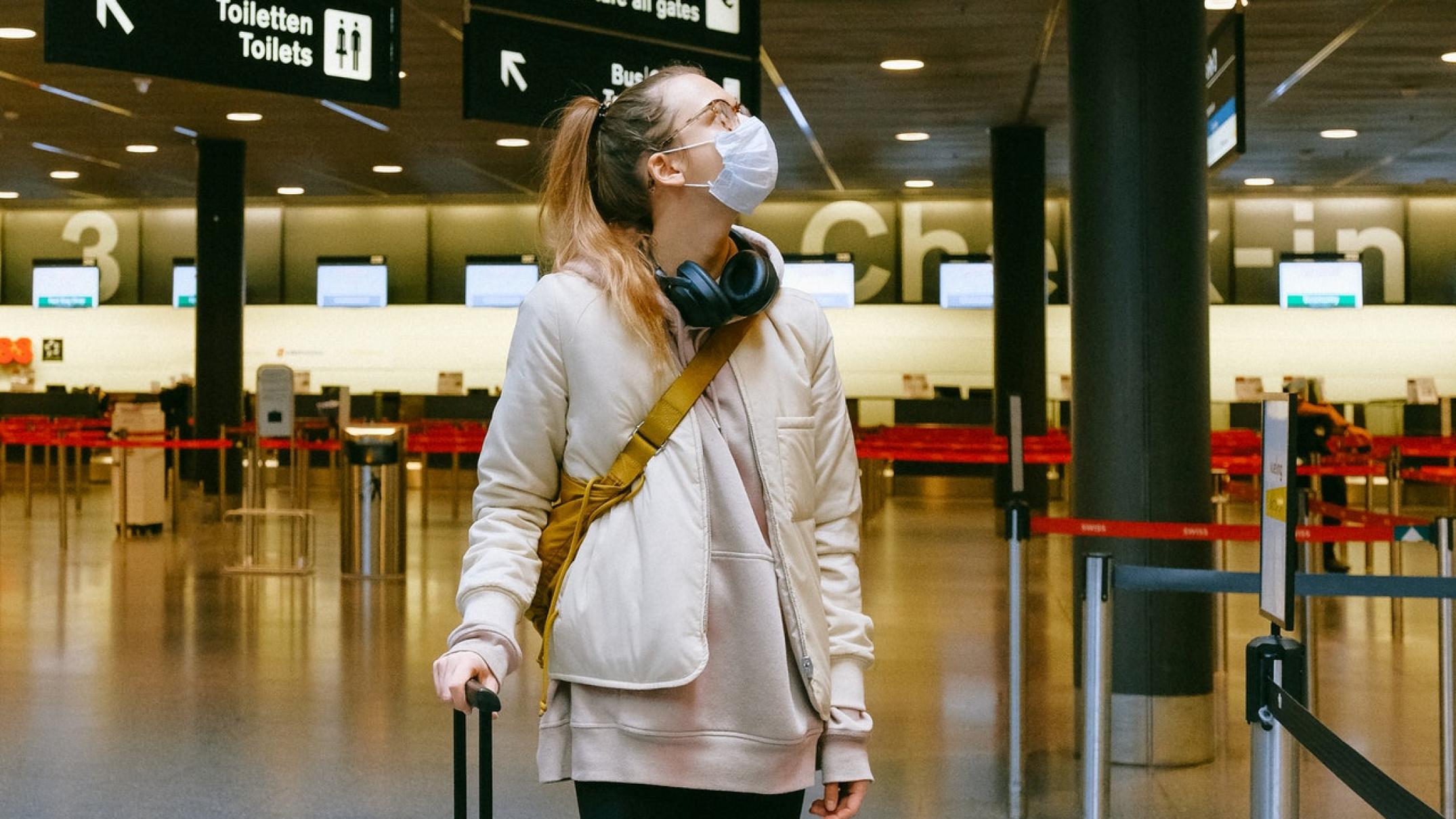Victoria has announced a snap lockdown to prevent a third wave of COVID-19 from breaking out.
It has prompted states and territories across Australia to impose new border restrictions. This is the situation as it stands.
I want to go to…
- News South Wales
- Queensland
- Victoria
- ACT
- Tasmania
- Western Australia
- South Australia
- Northern Territory
New South Wales
NSW requires anyone arriving in NSW from Victoria after midnight on Friday to remain in their home until Wednesday.
For NSW border residents who travel into regional Victoria, the five-day stay-at-home order only applies to those who have visited Greater Melbourne after midnight on Friday.
There are no restrictions for travellers from other states and territories.
Queensland
Queensland has declared greater Melbourne a COVID-19 hotspot for 14 days.
Space to play or pause, M to mute, left and right arrows to seek, up and down arrows for volume.
People from the 36 local government areas in and around Melbourne aren’t allowed into Queensland from 1:00am on Saturday.
There are also 34 local government areas around Perth in Western Australia that are still considered hotspots by the Queensland Government.
However, the designation is due to end from Sunday.
Victoria
Victoria has declared areas of Western Australia’s south-west as an “orange zone”.
This means you must apply for a permit to enter Victoria, self-quarantine on arrival and remain in self-quarantine until you return a negative result.
Everywhere else in Australia is considered a “green zone”, which means you must apply for a permit to enter Victoria.
ACT
The ACT will introduce travel restrictions with Victoria from Saturday.
Any ACT residents who return home before midnight on Friday do not have to quarantine.
ACT residents who return home from tomorrow must notify ACT Health and enter into self-quarantine until Wednesday night in line with the Victorian lockdown.
All other states and territories can travel to the ACT, however you may have to declare your travel or quarantine in some cases.
Tasmania
Tasmania has declared the entire state of Victoria as a high-risk state. The decision will be reviewed if the Victorian lockdown lifts as planned.
All travellers from Victoria to Tasmania will have to self-isolate for 14 days, at their home or in hotel quarantine from Saturday.
There are also 12 high-risk locations in Sydney. Travellers who have spent time in these locations in the past two weeks are not permitted to enter Tasmania unless approved as an essential traveller.
The rest of Australia, including everywhere else in NSW, is considered “low-risk” and travellers don’t need to quarantine.
Western Australia
The WA has introduced a 72-hour hard border with Victoria 6:00pm on Friday.
Space to play or pause, M to mute, left and right arrows to seek, up and down arrows for volume.
Victorian arrivals at Perth airport today will be tested at the airport before going into their 14 days of self-quarantine.
Only exempt travellers from Victoria will be allowed into the state.
WA is due to begin quarantine-free travel with New South Wales from Tuesday, provided there are no further outbreaks there.
This means all Australian jurisdictions, except Victoria, will be classified as “very-low-risk”. This means travellers won’t have to quarantine.
South Australia
From midnight on Friday, entry to South Australia from Victoria will be restricted.
Essential workers, such as truck drivers, will still be allowed.
Local travel from cross-border communities will be allowed for essential purposes such as shopping, medical treatment and caregiving.
Any South Australians in Victoria will be expected to conform to the lock-down restrictions in that state.
Travellers arriving from the Western Australian locations of Peel, Perth and South West must self-quarantine.
They must also submit to COVID-19 testing on days 1, 5 and 12 of quarantine. They can be released from quarantine after getting written advice of a negative COVD-19 test result.
Northern Territory
The Northern Territory Government has declared Greater Melbourne a coronavirus hotspot.
Space to play or pause, M to mute, left and right arrows to seek, up and down arrows for volume.
Any travellers from the city arriving in the Territory from 10:45am on Friday will be directed into 14 days mandatory supervised quarantine.
Authorities say anyone who arrived in the NT from Melbourne Airport from February 7 should isolate and get tested.
There are no other active declared hotspots in other Australian states and territories.




